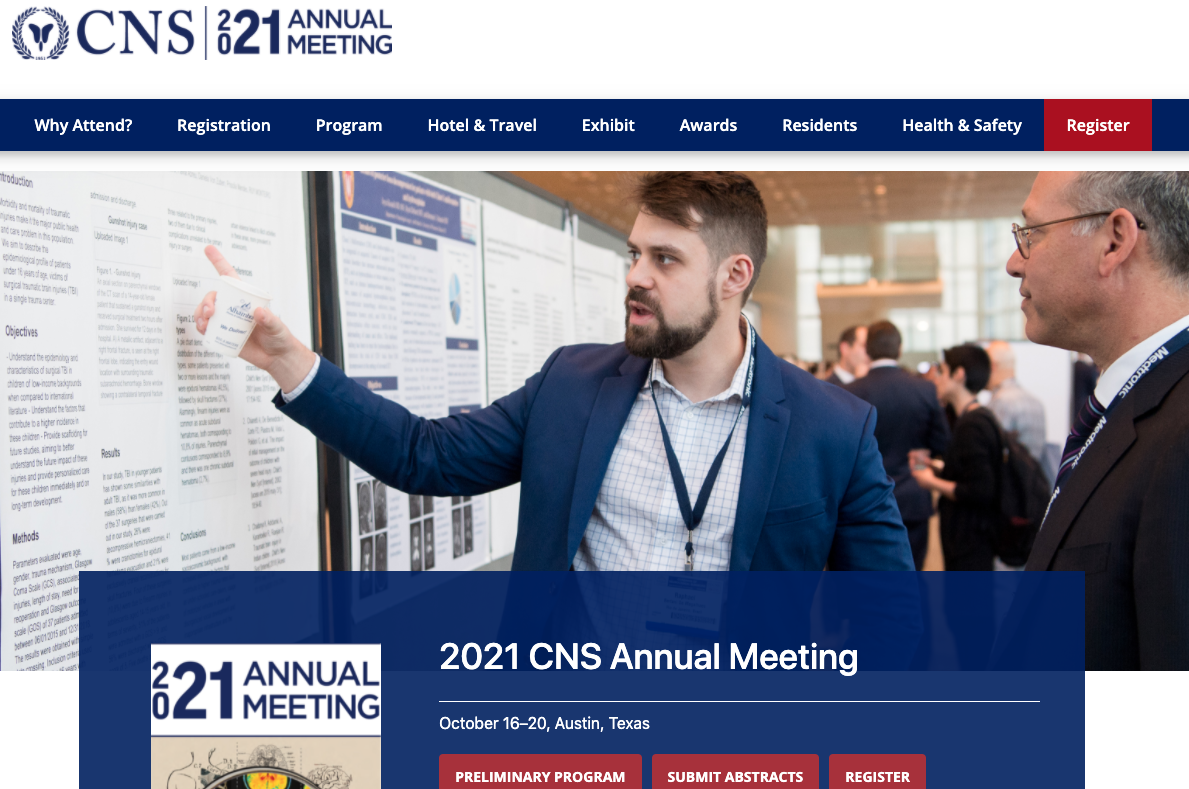X
X
Leaving Community
Are you sure you want to leave this community? Leaving the community will revoke any permissions you have been granted in this community.
No
Yes
X
Resource Identification Quarter is Rapidly Approaching
Resource Identification Quarter is Rapidly Approaching
What is resource identification quarter?At the 2012 Society for Neuroscience meeting, NIF met with the editors-in-chief of about 25 neuroscience journals attempting to convince them that research resources (software tools, antibodies, and model organisms) should be treated as first class research objects and cited appropriately. At a follow up meeting at the National Institutes of Health, the journal editors agreed to start a pilot project to identify these resources using a uniform standard.
Why should we identify research objects?
The neuroscience literature unfortunately does not contain enough information for anyone to find many research resources. In a very typical paper by Paz et al, 2010 an antibody is referred to as "GFAP, polyclonal antibody, Millipore, Temecula, CA." If someone tried to find the antibody in 2010, they would see that there were 40 antibodies at Millipore, today after merging with EMD, the catalog contains 51 antibodies for GFAP with no indication which ones may have been present before and which were new. Without even a catalog number, a researcher can potentially contact the authors or buy all of these antibodies and try them to see if any of them have a similar profile. You can imagine that at several hundred dollars per antibody and a number of weeks that would need to be spent to optimize staining, it seems no better than a shot in the dark.
What about transgenic mice, they can't possibly be that hard to identify?
After many conversations with model organism database curators at MGI, it turns out that people's data is often not included in the database specifically because the world experts on mice can't tell which mouse is being used in the paper. The nomenclature of transgenic mice is somewhere between an art form and black magic, however including a simple stock number seems like a fairly simple solution of the problem. The nomenclature authorities for mice, rats, worms and flies happen to have convenient forms to ask for help or to name a new critter (the list is available here).
How should we identify research objects?
We need a set of unique identifiers, like Orcid ids or social security numbers, of the research resources. NIF has created a web page for authors to find these in one, reasonably convenient location. Searching for information that authors should have such as the catalog number for an antibody or a stock number for an organism, should give a result in the appropriate tab and a rather large "cite this" button will appear with the appropriate citation style.
A more detailed set of instructions and the search box can be found here: www.scicrun.ch/resources
So if you are considering submitting a paper over the next few months to one of the journals below, you will be asked to include a unique identifier for your research objects. We certainly hope that this is reasonably easy to accomplish and eagerly await a time when we would be able to ask the question: which antibody did Paz et al actually use on which transgenic mouse?
If you would like to see if the antibodies you used in any of your previous papers can also be annotated with the unique identifiers, we will be happy to help. Our friends at antibodies online are giving away coffee mugs and t-shirts to help get people interested in doing so. To annotate your paper you can go through their survey at:
http://www.antibodies-online.com/resource-identification-initiative/ This will earn a free mug and the data will be included in the antibody registry for posterity.
List of Participating Journals:
Annals of Neurology
Brain
Amer Journal of Human Genetics
Behavioral and Brain Functions
Biological Psychiatry
BMC Neurology
BMC Neuroscience
Brain and Behavior
Brain Cell Biology
Brain Structure & Function
Cell
Cerebral Cortex
Developmental Neurobiology
Frontiers in Human Neuroscience
Frontiers in Neuroinformatics
Hippocampus
J. Neuroscience
Journal of Comparative Neurology
Journal of Neuroinflammation
Journal of Neuroinformatics
Journal of Neuroscience Methods
Molecular Brain
Molecular Pain
Nature
Nature Neuroscience
Neural Development
Neuroimage
Neuroscience
X









